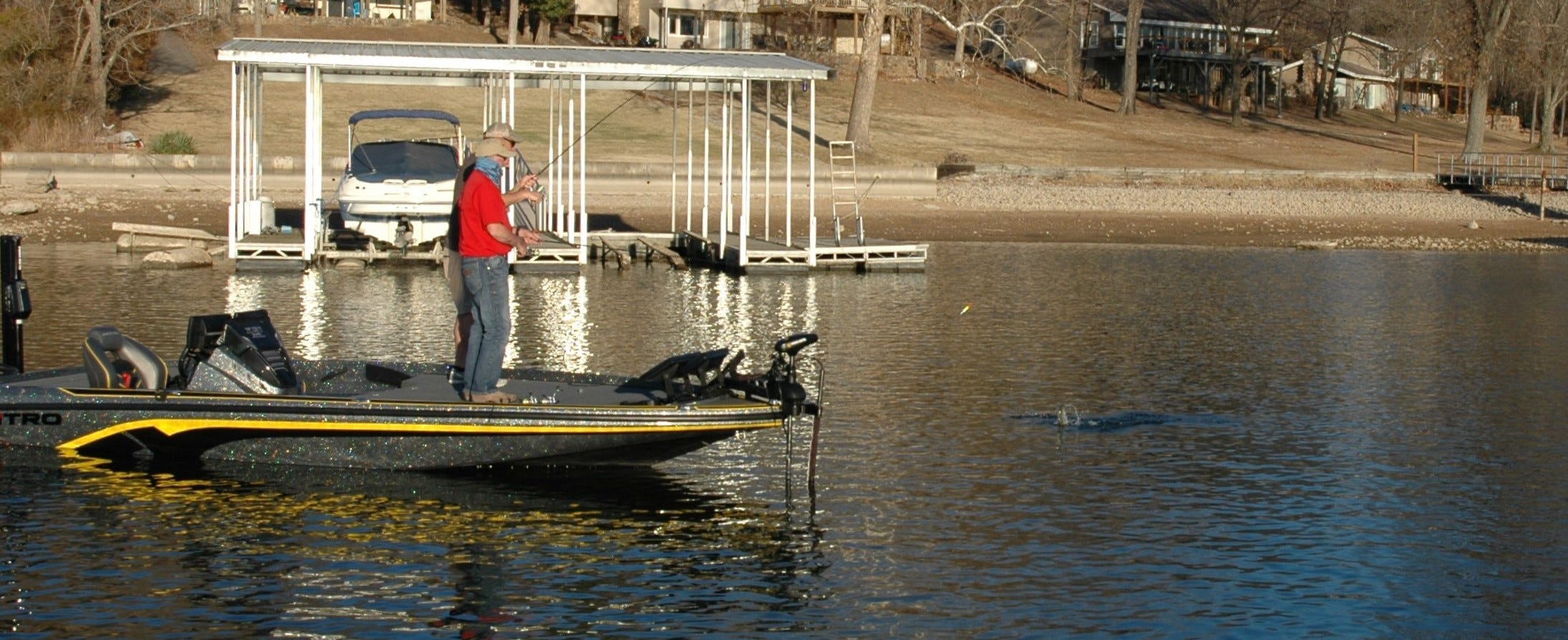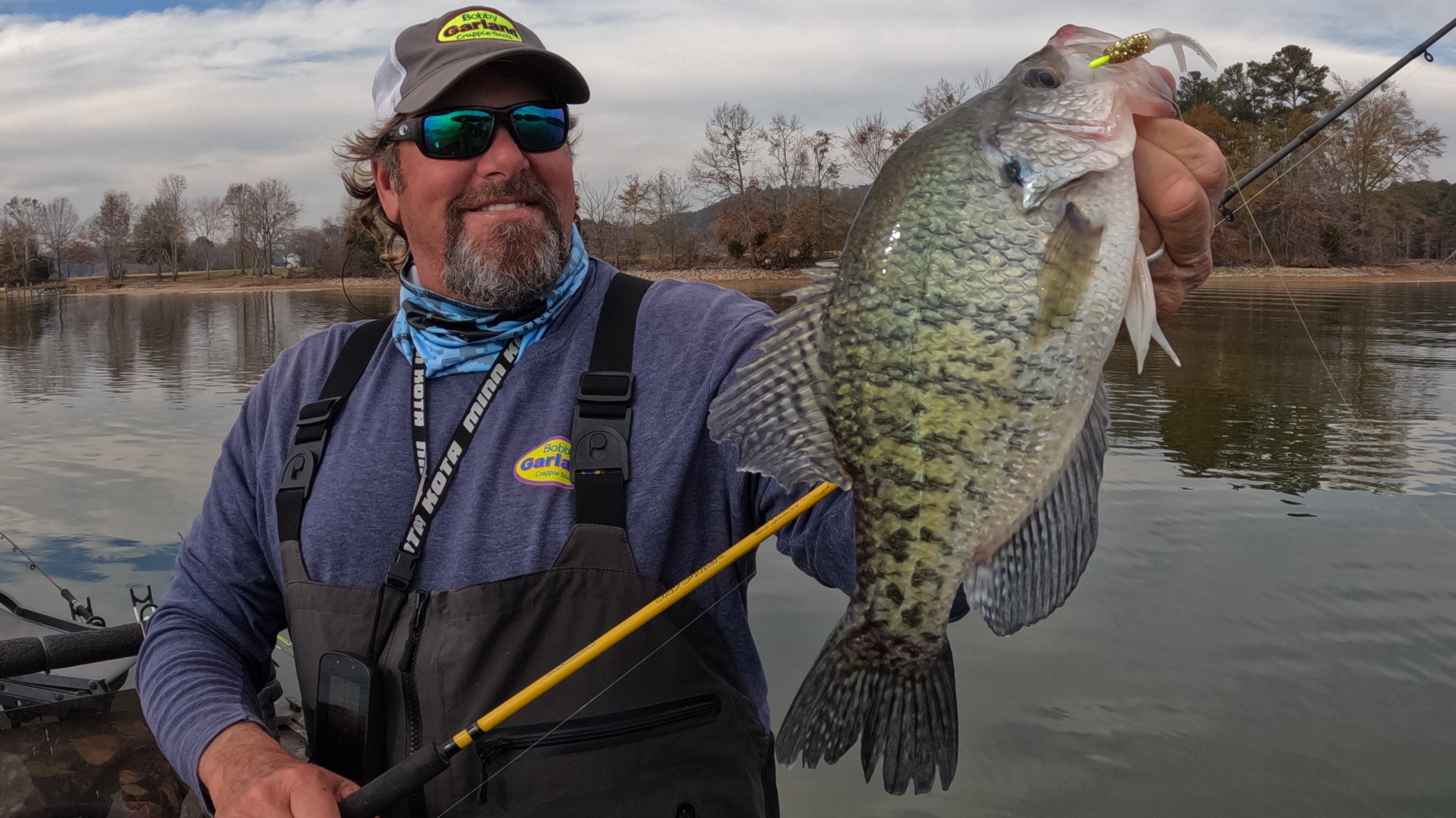- Jul 28, 2022
Your Guide to Catching More Summer Panfish on Slip Bobbers
Want easy fishing and fast summer fishing action for multiple species? Slip bobbers open excellent opportunities for mixed panfish catches.
What you never know with summer panfishing is what species will be at the end of the line when a slip bobber darts out sight. More certain – assuming decent location choices – is the notion that you will get to watch your bobber go under several times. Slip bobber fishing is a highly dependable way to tap into summer panfish fishing action, and it is an easy style of fishing that is fun for the entire family.
Anglers commonly associate most panfishing pursuits with spring and early summer and stop targeting bluegills, perch, crappie and other panfish species once mid-summer hits and the fish become less plentiful around shallow, shoreline cover. Those fish seldom move far, though. Most just slide a bit deeper to a weedline, brushpile or slight break, to the deep end of a dock, out a point or to the deep edge of a riprap bank.









